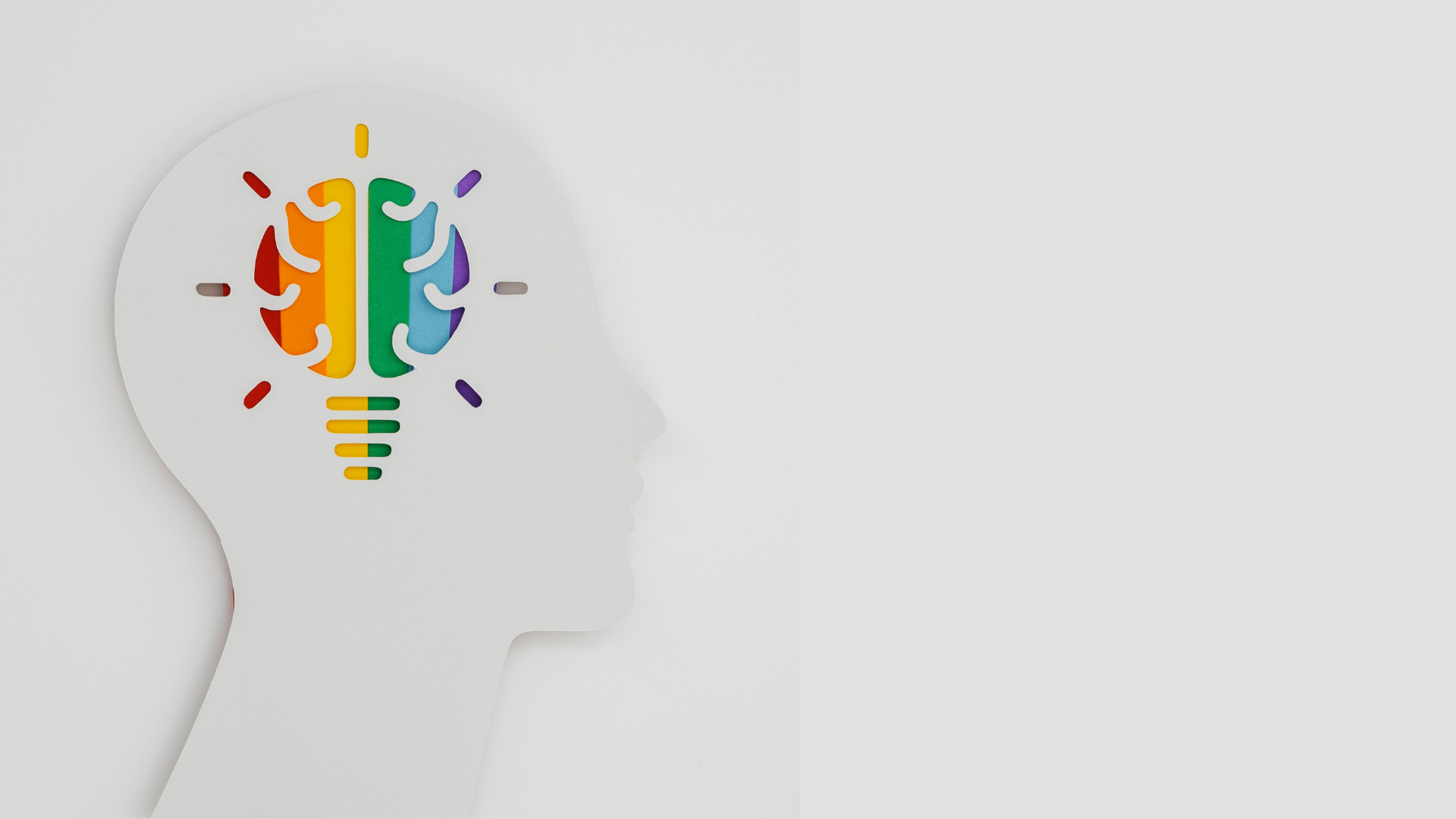If your thoughts drift during meetings…
If your child finds joy in lining up toy dinosaurs instead of playing tea party…
If you struggle with maps but can recall every line from a movie you saw 15 years ago…
Congratulations.
You’re part of a beautifully varied and essential spectrum of human minds. What we call neurodiversity isn’t a flaw in the system. It is the system.
Neurodiversity includes cognitive and developmental differences like autism, ADHD, and dyslexia—each bringing a unique way of thinking, solving, and seeing the world. It’s not about being “normal.” It’s about embracing what makes each of us human.
We All Think Differently. That’s a Strength.
Trying to flatten out difference means losing innovation, empathy, and creativity. Neurodivergent minds often notice what others miss, feel deeply, and solve problems in fresh ways.
Science is catching up. A 2024 study found that ADHD and autism aren’t disorders in the traditional sense. They’re evolutionary traits that offer strengths like hyper-focus, pattern recognition, and emotional intuition.
Sometimes, the bee that strays from the hive is the one that discovers the next flower field.
So, What Does It Mean to Embrace Neurodiversity?
It doesn’t mean pretending every challenge disappears. It means reshaping how we support children and families—rethinking education, therapy, and daily routines to suit different ways of learning and communicating.
That’s where tools like Enara come in. Not to correct children, but to support them in ways that actually work for them.
Built with AI, Enara helps parents and therapists create personalized learning plans through interactive games and real-time feedback. It enables children to keep growing outside therapy sessions.
At home, at their pace, in their way.
Because every brain deserves to be understood, not fixed.



